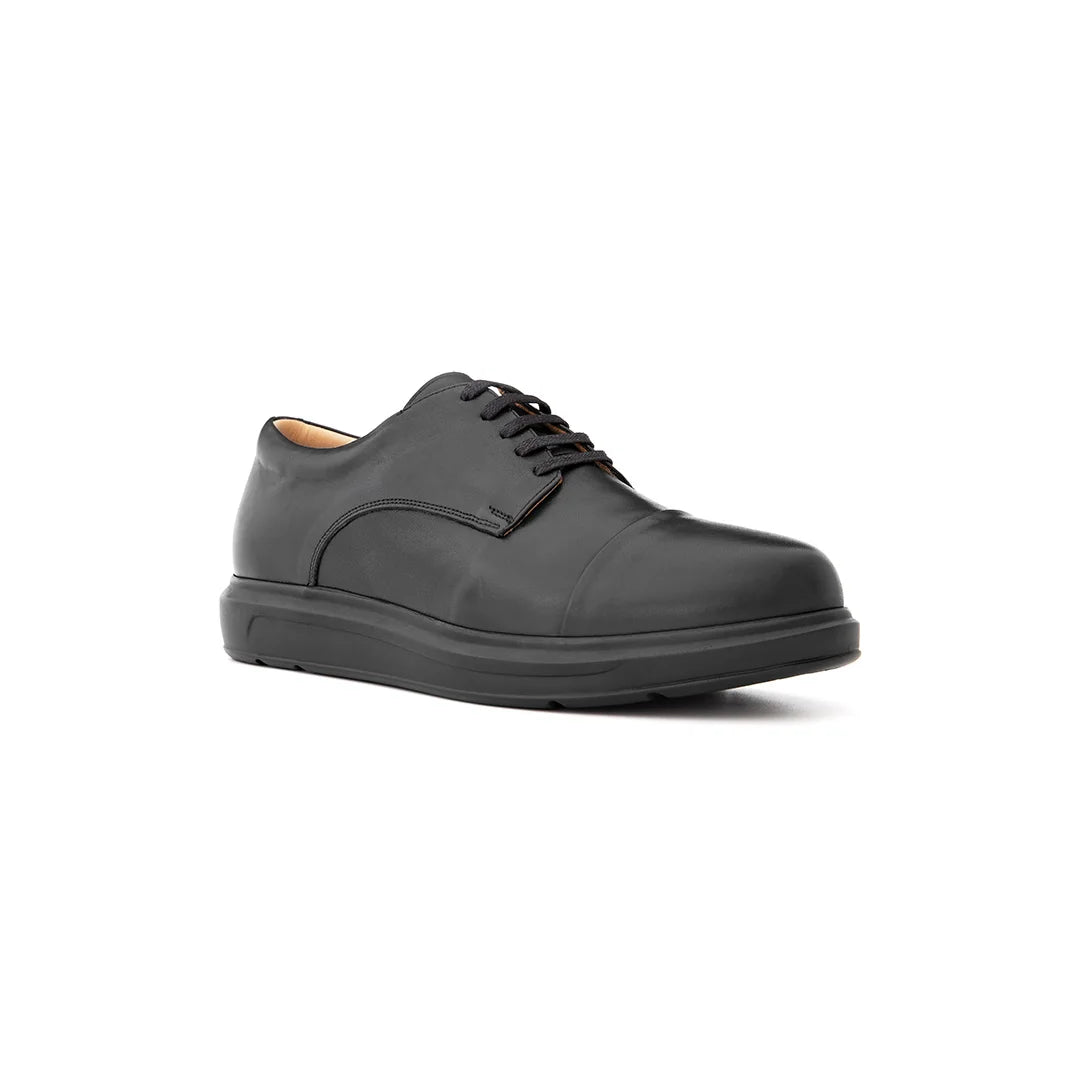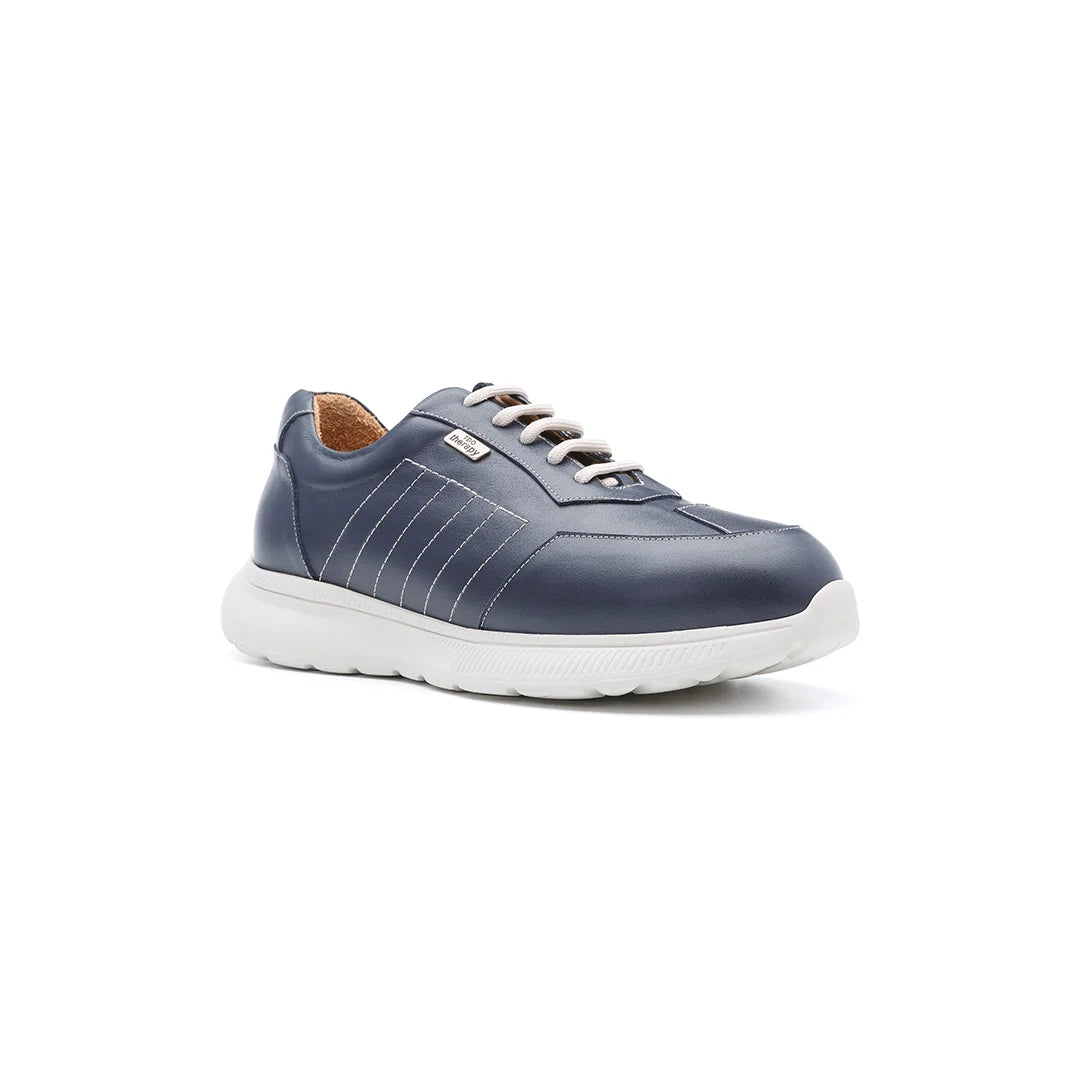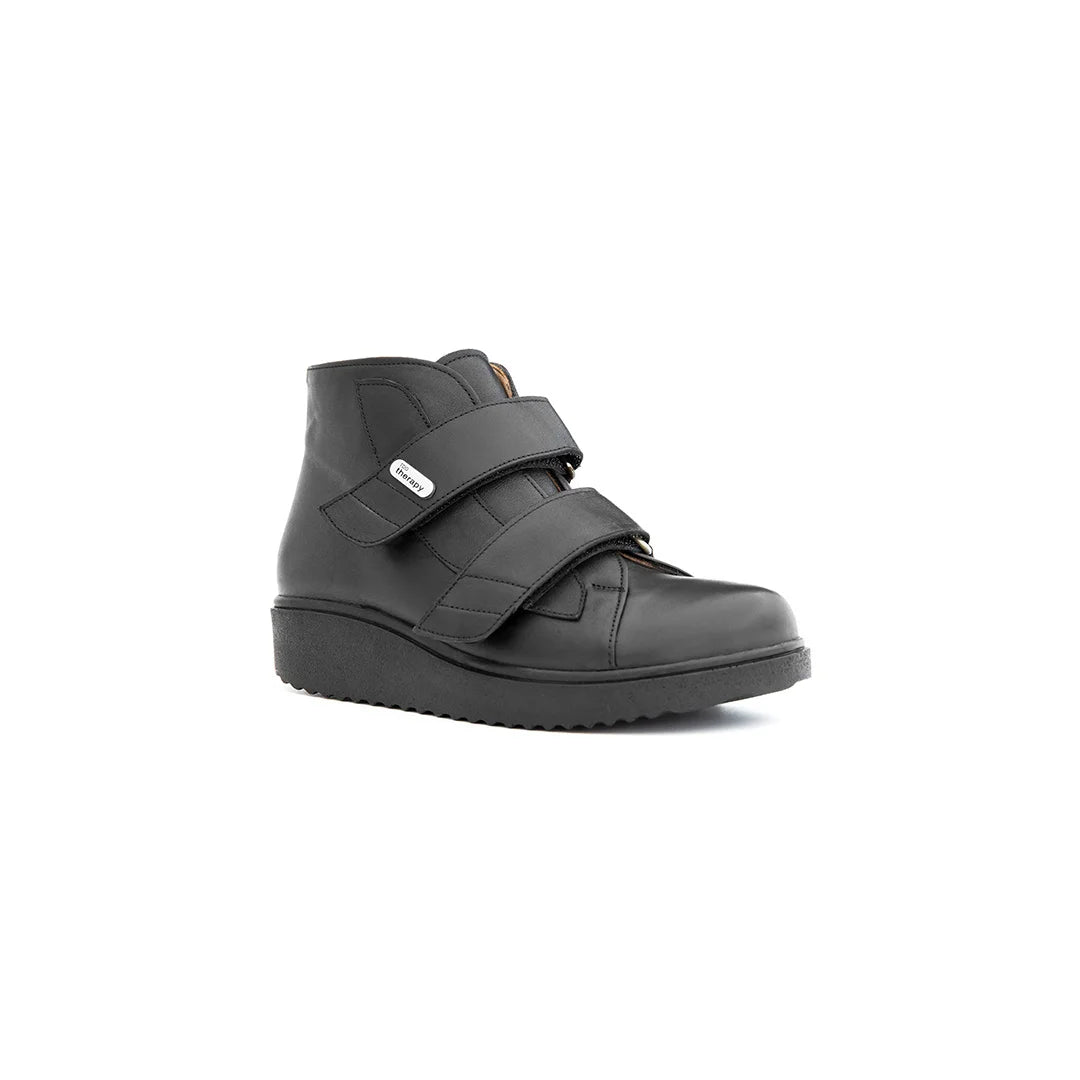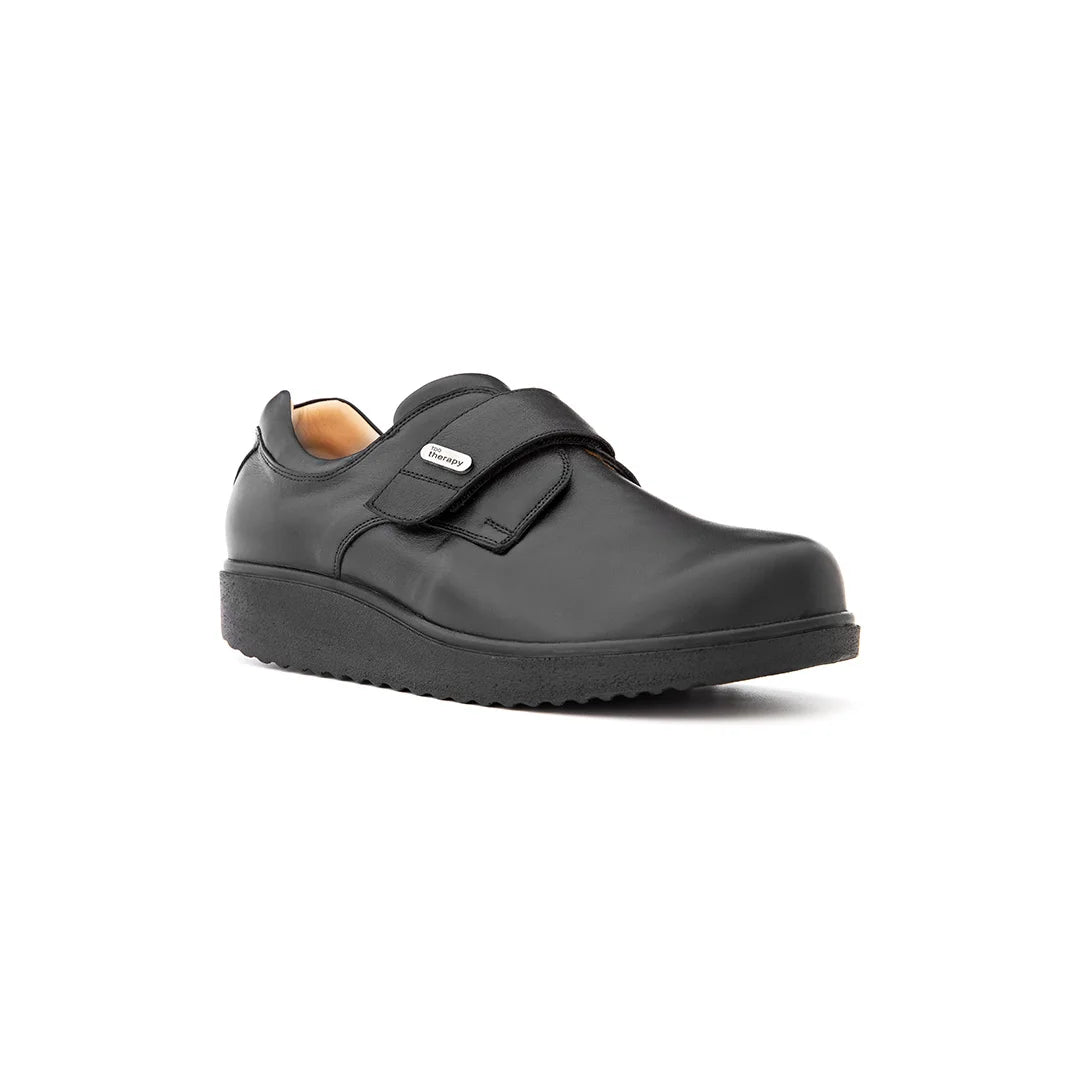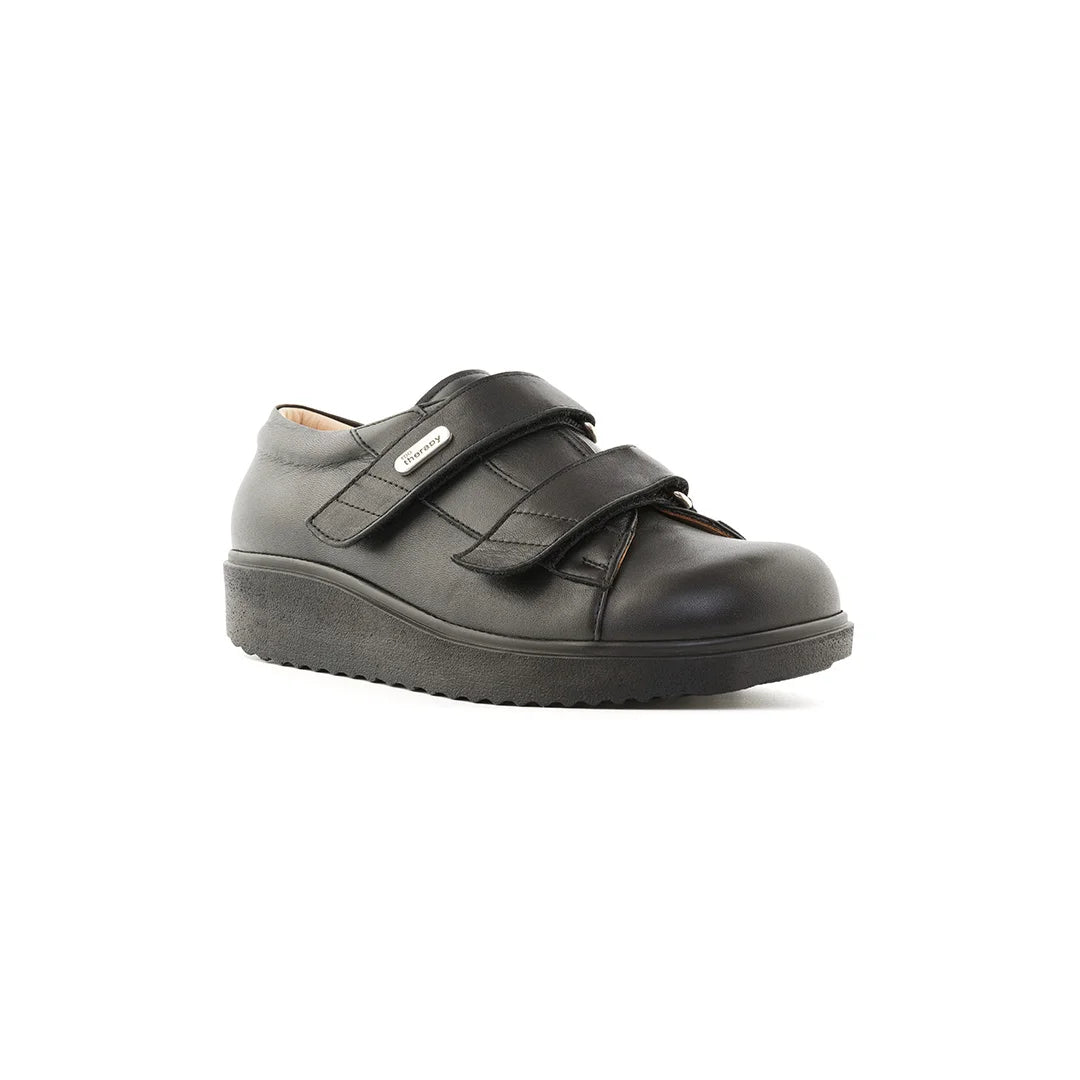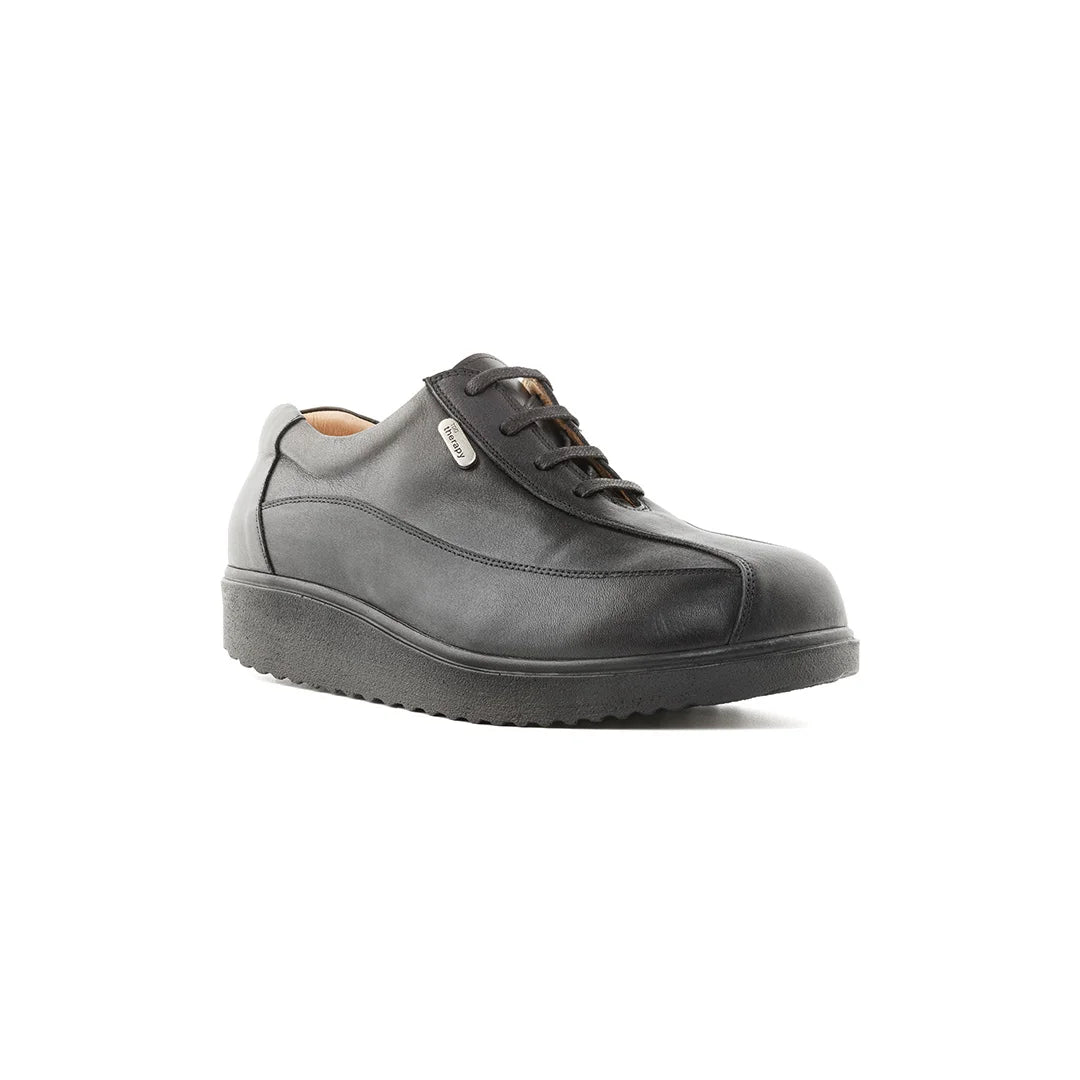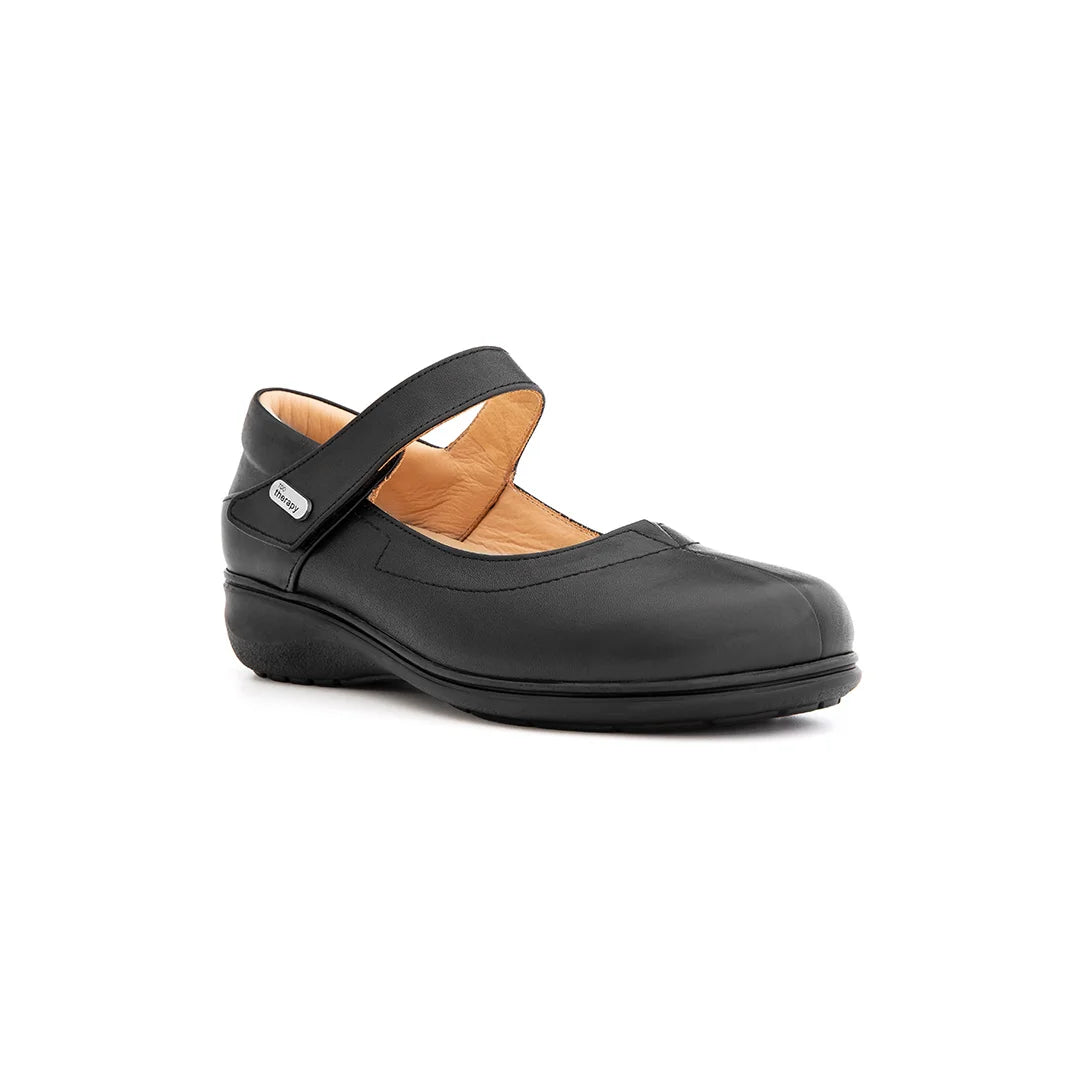We've all been there, haven't we? You look down, and your feet just look... bigger. Swollen, puffy, and not fitting into your favourite shoes. It can be really uncomfortable, and sometimes it's a bit worrying. We wanted to get to the bottom of why this happens and, more importantly, what we can do about it, especially when it comes to what we wear. So, we've gathered some advice to help manage that uncomfortable swelling.
Key Takeaways
- When your feet are swollen, opt for shoes that are roomy and don't pinch. Think wide-fitting shoes, trainers, or even sandals with adjustable straps.
- Compression stockings can be a real help. They gently squeeze your legs, encouraging better blood flow and stopping fluid from pooling.
- Comfortable socks are a must. Look for ones made from breathable materials that aren't too tight around the ankle or calf.
- Loose-fitting clothing around your legs and ankles is your friend. Avoid anything that constricts or cuts off circulation.
- Remember to take breaks to move around if you're standing or sitting for long periods, and try to elevate your feet whenever you can.
Understanding the causes of swollen feet

We've all been there, haven't we? You look down, and your feet and ankles seem to have puffed up like balloons. It's not just uncomfortable; it can make getting around a real pain. So, what's actually going on when our feet decide to swell up?
Lifestyle Factors and Inactivity
Sometimes, it's just down to how we live. Spending too much time sitting or standing still can really affect how fluid moves around our bodies. When we're not moving much, gravity can cause fluid to pool in our lower legs and feet. Think about those long car journeys or sitting at a desk all day – your feet might pay the price.
Medical Conditions Affecting Fluid Movement
More seriously, swollen feet can sometimes point to underlying health issues. Conditions affecting your heart, kidneys, or liver can mean your body isn't managing fluid properly, leading to build-up. Even issues with the veins in your legs, like venous insufficiency where they struggle to pump blood back up, can cause swelling.
Pregnancy and Hormonal Changes
For many of us, pregnancy is a big one. As our bodies change, fluid retention increases, and the growing baby can put pressure on veins, making swollen feet and ankles a common complaint. Hormonal shifts during our menstrual cycle can also play a part for some.
Footwear and Injuries
It might seem obvious, but the shoes we wear can make a difference. Tight or ill-fitting shoes can restrict circulation. And of course, injuries like a sprained ankle are a direct cause of swelling as the body responds to damage. Even a minor knock can lead to temporary puffiness.
Home remedies for managing swollen feet
When our feet decide to puff up like balloons, it's not just uncomfortable, it can really throw a spanner in the works of our day. Thankfully, there are quite a few things we can try at home to get them back to normal. We've found that a combination of these simple remedies can make a real difference.
Elevating your legs
This is probably the easiest thing we can do. It's all about letting gravity help us out. When we prop our legs up, ideally above the level of our heart, we're giving our circulation a bit of a boost. This helps to move any pooled fluid away from our feet and ankles. We can just use pillows, cushions, or even a stack of books to get our legs up. Some people find that lying down with their legs against a wall is particularly effective. It doesn't take long, maybe 15-20 minutes a few times a day, and it can really ease that tight, swollen feeling.
Epsom salt soaks
Lots of us swear by a good Epsom salt bath. While the science behind exactly how it works isn't always crystal clear, many people find that soaking their feet in warm water with Epsom salts can help reduce swelling and feel really soothing. It's thought that the magnesium in the salts might be absorbed through the skin, which could help with inflammation. It's a low-cost, easy thing to try, and even if it's just the warm water doing the work, it feels pretty good.
Magnesium-rich foods and supplements
Sometimes, swelling can be a sign that our bodies aren't getting enough magnesium. We've noticed that adding more magnesium-rich foods to our diet seems to help. Think nuts and seeds like almonds and pumpkin seeds, leafy greens such as spinach, and even things like dark chocolate can contribute. If we're really struggling, we might consider a magnesium supplement, but it's always best to have a chat with a doctor before starting any new supplements, especially if we have other health conditions.
Staying hydrated
This might sound a bit odd when your feet are already holding onto too much fluid, but drinking plenty of water is actually really important. When we don't drink enough, our bodies can start to hold onto water as a way of conserving it, which can make swelling worse. Drinking more water helps to flush out excess sodium and other waste products from our system. Aiming for around 8 glasses of water a day is a good starting point, more if it's hot or we've been active.
What should I wear if my feet are swollen?
When our feet decide to puff up, finding the right things to wear can feel like a real puzzle. It's not just about comfort, though that's a big part of it; it's also about helping to manage the swelling itself. We want to avoid anything that makes things worse, and ideally, find clothes and shoes that offer a bit of support and ease.
Choosing supportive footwear
This is probably the most important bit. Forget those stylish but unforgiving heels or tight-fitting trainers for now. We need shoes with plenty of room, especially in the toe box. Look for wider fittings, and materials that have a bit of give, like soft leather or breathable mesh. Adjustable fastenings, like Velcro straps or laces, are brilliant because you can loosen them as the day goes on. A good pair of supportive shoes can make a world of difference to how you feel.
The benefits of compression stockings
These might not be the most fashionable item, but honestly, they really do help. Compression stockings work by gently squeezing your legs and feet. This encourages better blood flow and stops fluid from pooling in your lower extremities, which is often what causes that puffy feeling. They come in different strengths, so it's worth chatting to a pharmacist or doctor about what might be best for you. Wearing them can really help reduce discomfort and make your feet feel less heavy.
Loose-fitting clothing options
It's not just shoes that need to be accommodating. Think about your trousers and socks too. Anything too tight around your ankles or calves can actually restrict circulation and make swelling worse. We're talking about opting for looser trousers, maybe with an elasticated or drawstring waist, and avoiding tight cuffs. For socks, choose ones made from soft, breathable materials that don't have a tight band around the top. Cotton or bamboo blends are usually good choices.
Wearing comfortable socks
When it comes to socks, the key is comfort and avoiding constriction. We want socks that are soft, breathable, and don't have a tight elastic band digging into our legs. Look for socks made from natural fibres like cotton or bamboo, as these tend to be kinder to the skin and allow for better air circulation. If you're wearing compression stockings, they'll likely replace your regular socks, but if not, just make sure your everyday socks aren't adding to the problem by being too snug.
Lifestyle adjustments to reduce swelling
Sometimes, it feels like our feet just decide to puff up without asking! While we can't always control it, there are definitely some things we can do in our day-to-day lives to help keep swelling at bay. It’s all about making smart choices that support our bodies.
Limiting salt and carbohydrate intake
We've all heard that too much salt isn't great for us, and it's especially true when our feet are feeling puffy. Salt makes our bodies hold onto more water, and that extra fluid can end up in our feet and ankles. So, trying to cut back on salty snacks, processed foods, and even just adding less salt at the table can make a real difference. It’s not about cutting it out completely, but being more mindful. Similarly, some people find that reducing their intake of refined carbohydrates, like white bread and sugary treats, can also help. These can sometimes contribute to fluid retention, so swapping them for whole grains and more natural options might be beneficial.
Incorporating regular physical activity
It might sound counterintuitive – moving more when your feet are already sore – but gentle exercise is actually one of the best things we can do. When we move, our muscles, especially in our legs, help pump fluid back towards our heart. Think of it like a natural circulation booster! Even a simple walk around the block, some gentle stretching, or a bit of swimming can really help. The key is consistency; try to get some movement in most days, even if it's just for 15-20 minutes. Little and often is the name of the game here.
Maintaining a healthy weight
Carrying extra weight puts more pressure on our bodies, including our legs and feet. This added pressure can make it harder for blood and fluid to circulate properly, potentially leading to swelling. Focusing on a balanced diet and regular activity, as we've discussed, is the best way to manage our weight. It’s not about drastic diets, but about making sustainable changes that support our overall health and, in turn, help reduce that uncomfortable swelling.
Avoiding prolonged standing or sitting
This is a big one for many of us, whether we have jobs that require us to be on our feet all day or sit at a desk for hours. When we stay in one position for too long, gravity can cause fluid to pool in our lower legs and feet. If you have to stand for a long time, try to shift your weight regularly and maybe do some gentle ankle circles. If you're sitting, make an effort to get up and walk around every 30 minutes or so. Even just flexing your feet and wiggling your toes while seated can help get things moving a bit.
Making these small adjustments to our daily routines can have a surprisingly big impact on how our feet feel. It's about listening to our bodies and giving them a little extra support where they need it most.
Here are a few simple things to try:
- Ankle pumps: While sitting or lying down, point your toes away from you, then pull them back towards your shins. Repeat this 10-15 times.
- Calf raises: Stand with your feet flat on the floor and slowly rise up onto the balls of your feet. Hold for a second, then lower back down. Do 10-15 repetitions.
- Foot circles: Lift one foot slightly off the ground and rotate your ankle in a circular motion, first clockwise and then counter-clockwise. Do 10-15 circles in each direction.
When to seek medical advice for swollen feet
While a bit of puffiness in our feet can often be managed with home care, there are definitely times when we need to get a professional opinion. It's easy to dismiss swollen feet as just a minor inconvenience, but sometimes it's our body's way of telling us something more serious is going on.
Recognising serious symptoms
If your swollen feet suddenly appear alongside other worrying signs, it's time to get checked out. Don't ignore symptoms like shortness of breath or chest pain that come on at the same time as your swollen feet. These could indicate a more significant issue that needs immediate attention. We should also be mindful if the swelling is accompanied by a fever, or if the affected area feels unusually warm or looks red. These could be signs of an infection.
Swelling related to medication
Sometimes, the medications we take for other conditions can have swollen feet as a side effect. Things like certain blood pressure medications, steroids, or even some antidepressants can cause fluid retention. If you suspect your medication might be the culprit, the best thing to do is chat with your doctor. They might be able to adjust the dose or suggest an alternative.
Concerns about infections or injuries
If you've had an injury, like a sprained ankle, and the swelling doesn't improve with rest and elevation, or if it seems to be getting worse, it's worth getting it looked at. Similarly, if you notice any signs of infection, such as redness, warmth, or pus, seek medical help promptly. An infection can spread quickly if not treated.
Persistent or worsening swelling
Even if there aren't any alarming symptoms, if your foot swelling is a regular occurrence, or if it's not getting better with the usual home remedies, it's a good idea to book a doctor's appointment. Persistent swelling could be a sign of an underlying issue like kidney problems, heart conditions, or issues with your veins. It's better to be safe than sorry, and getting a proper diagnosis will help us manage it effectively.
Managing swelling during specific situations
Travel and swollen feet
We've all been there – long journeys, whether by car, train, or plane, can really make our feet and ankles puff up. It's mostly down to sitting still for ages, which isn't great for fluid circulation. The best defence is to keep moving as much as you can. Try to get up and walk around every hour or so, even if it's just a quick stroll down the aisle. If that's not possible, do little exercises in your seat: wiggle your toes, flex your ankles, and do some calf raises. Wearing supportive footwear is also a good idea, and some people find compression stockings really help keep things from getting too uncomfortable. Just make sure they fit well and aren't too tight.
Swelling during hot weather
When it gets warm, our bodies tend to expand our blood vessels to help cool us down. This can sometimes lead to fluid leaking into the surrounding tissues, and guess where it often ends up? Yep, our feet and ankles. To combat this, try to stay hydrated by drinking plenty of water – it sounds odd, but it helps your body not hold onto fluid. Wearing comfortable, breathable shoes is key, and again, compression stockings can be a lifesaver. Try to keep your feet elevated when you can, perhaps with a footrest or a stool, especially if you're sitting for a while.
Pregnancy-related swelling
Swollen feet are a really common complaint during pregnancy, and it's usually down to a few things: the extra fluid your body is retaining, the growing uterus putting pressure on your veins, and hormonal changes. It's important to listen to your body.
- Elevate your feet whenever you get the chance, ideally above the level of your heart. Propping them up on pillows while you're resting can make a big difference.
- Wear comfortable, supportive shoes that don't pinch or rub. Avoid high heels, obviously!
- Stay active with gentle exercises like walking or swimming, as this helps with circulation.
- Limit your salt intake as much as you can, as salt makes your body hold onto more water.
If you notice a sudden increase in swelling, or if it's mainly in just one leg, or if you have other symptoms like a headache or vision changes, it's really important to get in touch with your midwife or doctor straight away, as it could be a sign of something more serious like pre-eclampsia.
So, What's the Takeaway?
Right then, we've gone through quite a bit about why our feet might be puffing up and what we can do about it. Remember, it's often just a case of giving our bodies a bit of a break, maybe swapping out those tight shoes for something comfier, or making sure we're moving around enough. Little things like putting our feet up when we can, or even just being a bit more mindful of our salt intake, can make a real difference. But, and this is a big but, if the swelling is sudden, only on one side, or comes with other worrying symptoms like breathlessness, it's definitely time to get it checked out by a doctor. Don't just ignore it if it feels off – better safe than sorry, eh?
Frequently Asked Questions
What's the easiest way to help my swollen feet?
Putting your feet up is a really simple trick! Try to prop them up on pillows so they're higher than your heart. This helps any extra fluid drain away. Doing this for a bit each day can make a noticeable difference.
What kind of shoes should we wear if our feet are puffy?
When your feet are swollen, it's best to go for comfy, supportive shoes that aren't too tight. Think trainers or wide-fitting shoes. Avoid anything that pinches or rubs, as this can make things worse and even cause sores.
Is it okay to wear compression socks?
Definitely! Compression socks give your legs a gentle squeeze, which helps your blood flow better. This stops fluid from pooling in your ankles and feet, so they're a great option for reducing swelling and feeling more comfortable.
Are there any foods we should avoid?
Yes, cutting back on salt is a big one! Salt makes your body hold onto more water, which can lead to swelling. Also, sometimes too many carbs can make it worse for some people. Eating a balanced diet is key.
When should we be worried about swollen feet?
If the swelling happens suddenly, is only in one leg, or comes with pain, redness, warmth, or difficulty breathing, it's time to see a doctor straight away. Also, if your feet are always swollen and home remedies aren't helping, it's worth getting checked out.
Can drinking more water really help with swelling?
It sounds a bit strange, but yes, it can! When you don't drink enough, your body tends to hold onto fluid, which can cause swelling. Drinking plenty of water helps flush out excess salt and waste, keeping things moving better.


